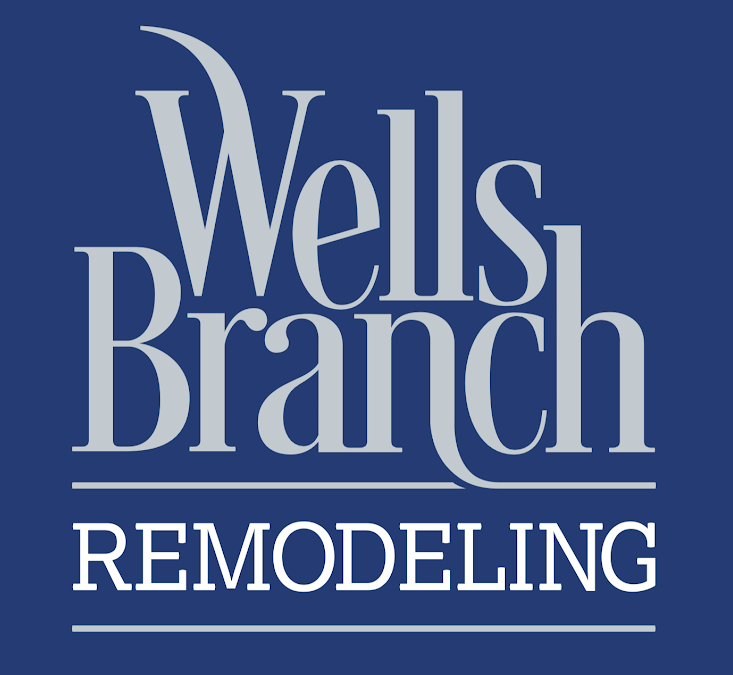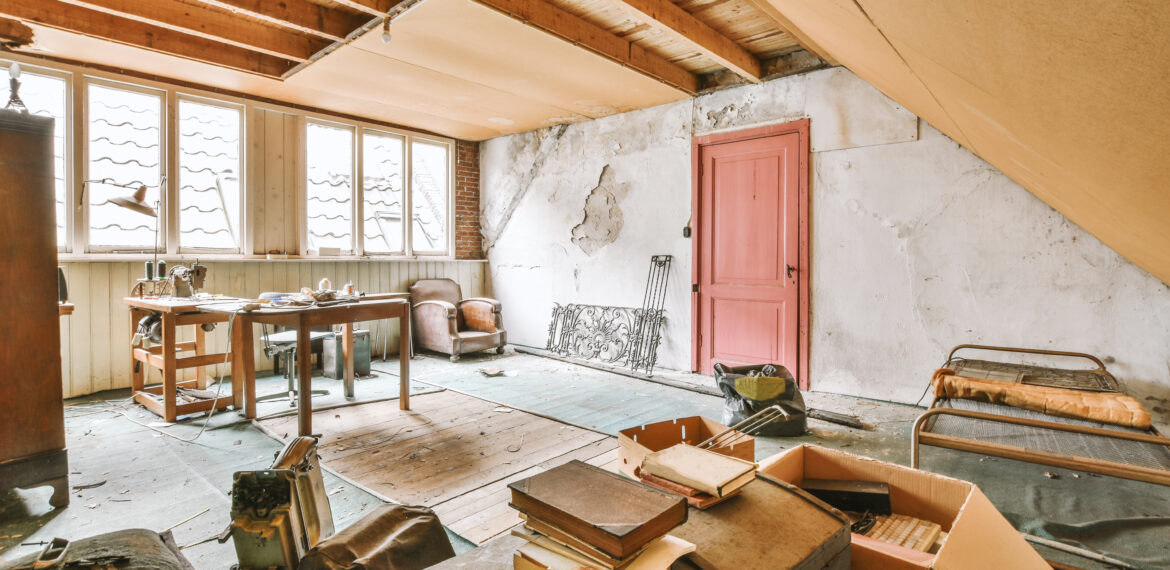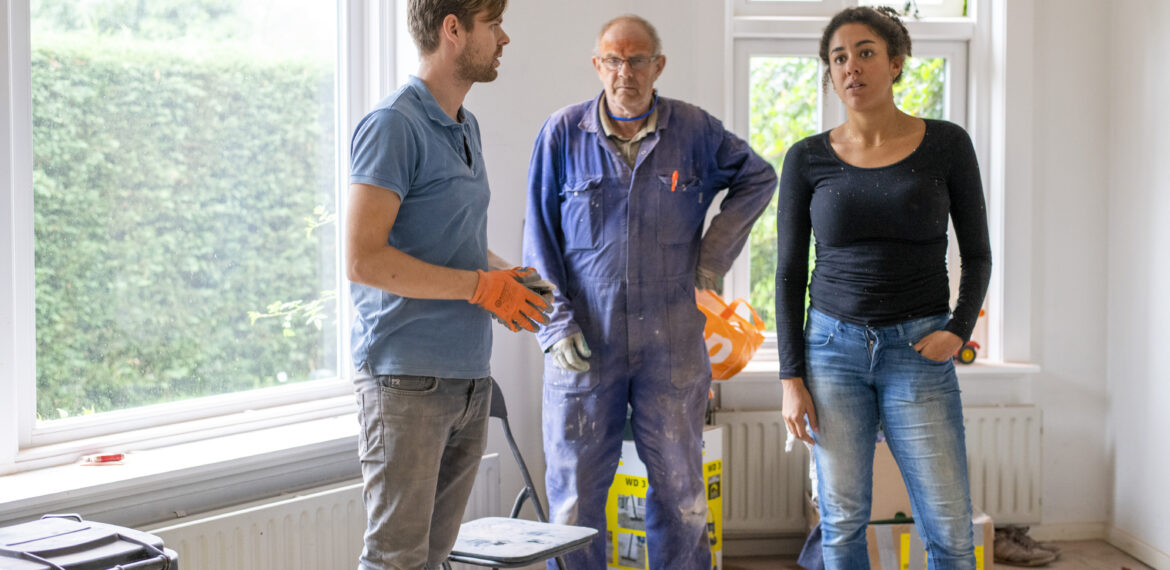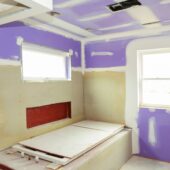Ten Must-Know Tips for Home Restoration Projects
Restoring a home can be one of the most rewarding projects you undertake, blending creativity, craftsmanship, and personal style. Whether you’re revitalizing a historic property or upgrading your living space, the journey requires careful thought and meticulous attention to detail. Tackling a home restoration project is not just about repairs—it’s about transforming a house into a home that fits your vision and needs. With the right approach, you can balance functionality with aesthetic appeal while preserving the unique charm of your space.
Key Home Restoration Tips for Every Project
Every home restoration project has unique challenges, but a clear and strategic approach can make all the difference. Whether you’re dealing with a minor update or a full-scale restoration, careful planning, smart decision-making, and attention to detail will help you navigate the process effectively. These ten home restoration tips offer practical solutions to common hurdles, ensuring your project achieves lasting beauty and functionality.
1. Plan Your Home Restoration Project Thoroughly
A successful home restoration always starts with meticulous planning to avoid costly mistakes and surprises. Begin by thoroughly evaluating the property’s current condition, paying special attention to critical areas such as structural stability, plumbing, and electrical systems. Identify and prioritize the tasks that need immediate attention, such as foundational repairs or outdated wiring, before moving on to aesthetic upgrades. Establish clear goals for your project, whether to preserve historical features, modernize the space, or both. Create a detailed timeline and budget, including a contingency fund for unforeseen expenses, to ensure your restoration stays on track and within financial limits.
2. Prioritize Structural Integrity and Safety
Safety and structural stability should always be your top priority in any home restoration project. Address issues such as cracks in the foundation, sagging roofs, or outdated electrical systems that could pose risks or lead to larger problems down the line. Ignoring these crucial aspects can jeopardize the integrity of your entire home. Hiring a professional inspector to assess the property thoroughly helps uncover hidden issues that may not be visible to the untrained eye. By tackling these problems first, you create a stable and secure foundation to build upon, ensuring long-term success for the rest of the restoration.
3. Preserve and Enhance Original Features
One of the most rewarding aspects of a home restoration is breathing new life into the property’s original features. Elements like ornate moldings, vintage tiles, stained glass windows, or hardwood floors carry a timeless charm that adds unique character to the home. Where possible, restore these features to their former glory instead of replacing them. If any elements are beyond repair, opt for materials or designs that closely replicate the originals to maintain authenticity. This approach honors the home’s history and enhances its value and aesthetic appeal.
4. Embrace Energy-Efficient Upgrades
Modernizing your home with energy-efficient upgrades during restoration can significantly reduce utility bills and increase property value. Consider installing high-performance windows, energy-efficient HVAC systems, or solar panels to enhance the home’s sustainability. Small updates like LED lighting or programmable thermostats can also make a noticeable difference in energy consumption. Integrating these modern conveniences allows you to improve your home’s functionality without compromising its charm, making it more comfortable and eco-friendly.
5. Choose Quality Materials for Long-Term Results
The materials you use play a critical role in your home restoration project’s longevity and overall success. Focus on selecting durable, high-quality materials for key components like flooring, roofing, countertops, and cabinetry. These investments will ensure your home repairs and upgrades withstand wear and tear over the years. Cheap materials may save money initially, but they often lead to frequent replacements and higher maintenance costs, making them a less viable choice in the long term. Prioritize quality to create a home that remains beautiful and functional for generations.
6. Work With Trusted Professionals
Collaborating with skilled professionals is crucial for achieving a home restoration project success. Whether you need a contractor, architect, or interior designer, take the time to research their credentials, experience, and client reviews. Ask for references and check past projects to ensure their work aligns with your expectations. A reliable team will help bring your vision to life, address technical challenges, and complete the project efficiently and safely. Communication is key, so choose responsive professionals who are open to discussing your ideas and concerns.
7. Incorporate Modern Conveniences Without Compromising Charm
Balancing old-world charm with modern functionality is an art in home restoration. While preserving the home’s original features, consider incorporating updates such as open floor plans, upgraded kitchens, or smart home technology. For example, integrating wireless lighting systems or energy-efficient appliances can make your home more comfortable and convenient. Ensure these additions complement the home’s character rather than overshadow it, creating a cohesive blend of tradition and modernity.
8. Refinish Instead of Replacing
Refinishing existing materials can save both money and your home’s unique charm during restoration. Instead of replacing hardwood floors, consider sanding and re-staining them to restore their original luster. Cabinets, doors, and even vintage fixtures can often be repaired or refinished, offering an eco-friendly alternative to replacement. This approach minimizes waste and maintains the authenticity of your home while allowing you to allocate more of your budget to other areas of the project.
9. Keep Flexibility in Your Budget and Timeline
No matter how well you plan, unexpected expenses and delays are almost inevitable in home restoration projects. Set aside a contingency fund of at least 10–15% of your budget to cover unanticipated repairs or upgrades. Similarly, maintain a flexible timeline accommodating unforeseen issues without creating undue stress. Adaptability allows you to address these challenges effectively, ensuring the restoration progresses smoothly and meets realistic expectations.
10. Focus on Finishing Touches
The final details are what truly bring a home restoration project to life. Select finishes such as fixtures, hardware, paint colors, and decorative elements that tie the space together. These choices should enhance the overall design and complement the home’s character, creating a cohesive and polished look. Thoughtful touches like vintage lighting or modern decor can seamlessly blend the old with the new, giving your restored home a sense of completion and personal style.
Bringing Your Home Restoration to Life
Home restoration is a rewarding journey that combines careful planning, creativity, and dedication. Following these ten home restoration tips, you can confidently navigate challenges and ensure your project achieves beauty and functionality. From addressing essential home repairs to refining finishing details, every step is crucial in transforming your vision into reality. With thoughtful decisions and attention to detail, your restored home will be a timeless space that reflects your style and serves your needs for years.
Visit Wells Branch Remodeling’s blog for tips, insights, and inspiration to bring your dream home to life.






